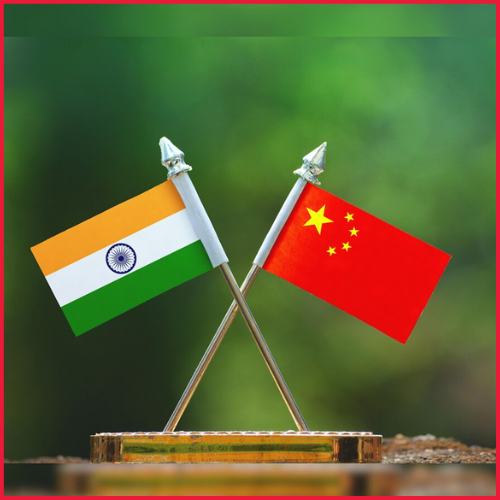According to new household statistics given by Kantar, Indian households continue to feel the pressure of high inflation, with the households most susceptible to price increases reporting a considerable decline in the purchase of goods including jams, ready-to-cook meals, floor cleaners, and soft beverages.
The research shows that households most impacted by inflation are purchasing fewer kilograms of daily necessities than other households and are frequenting the grocery shop as they struggle to successfully manage their monthly expenditures.
Between May 2021 and April 2023, Kantar surveyed 6,000 consumers to determine the effects of inflation on their consumption. The survey divided the time period into pre-inflation (May – December 2021), inflationary period (January – August 2022), and post-inflation period (September – April 2023).
Household consumption levels are showing indications of recovery as inflation levels fall, although they have not yet reached pre-inflation levels, the report stated. Consumer price inflation in India decreased from 6.5% at the beginning of the year to 4.3% in May.
Three categories of households were found by Kantar: those with the greatest impact, those with the most moderate influence, and those with the least impact.
“Least impacted shoppers are pulling up consumption on account of increased trips to the store. While maximum categories have been impacted among highly impacted households, a certain degree of rationalization was seen even among low impacted households,” it said.
Most affected families reported a fall in consumption in 67% of fast-moving consumer goods categories, while the least affected households reported a decline in 42% of categories.
homes with minimal effect jams, floor cleaners, cold drinks, hair oils, talcum powder, and ready-to-eat foods, and rationalized their use of more essential categories while cutting back on more discretionary categories like post-wash solutions, squashes, and jams. Highly impacted households also reduced their use of more essential categories.
“Inflation as a number is not new to India, we have always been an inflationary market. Our customers have their own way of managing this inflation scenario, which is what they did. But what is different this time was the fact that it was just on the back of a pandemic. Among consumers, there seem to be three sets of people—those highly impacted, ones who are moderately impacted, and ones who are least impacted. The least impacted consumers are about a fourth and the other two are a little more,” said K. Ramakrishnan, Managing Director, South Asia, Worldpanel Division at Kantar.














